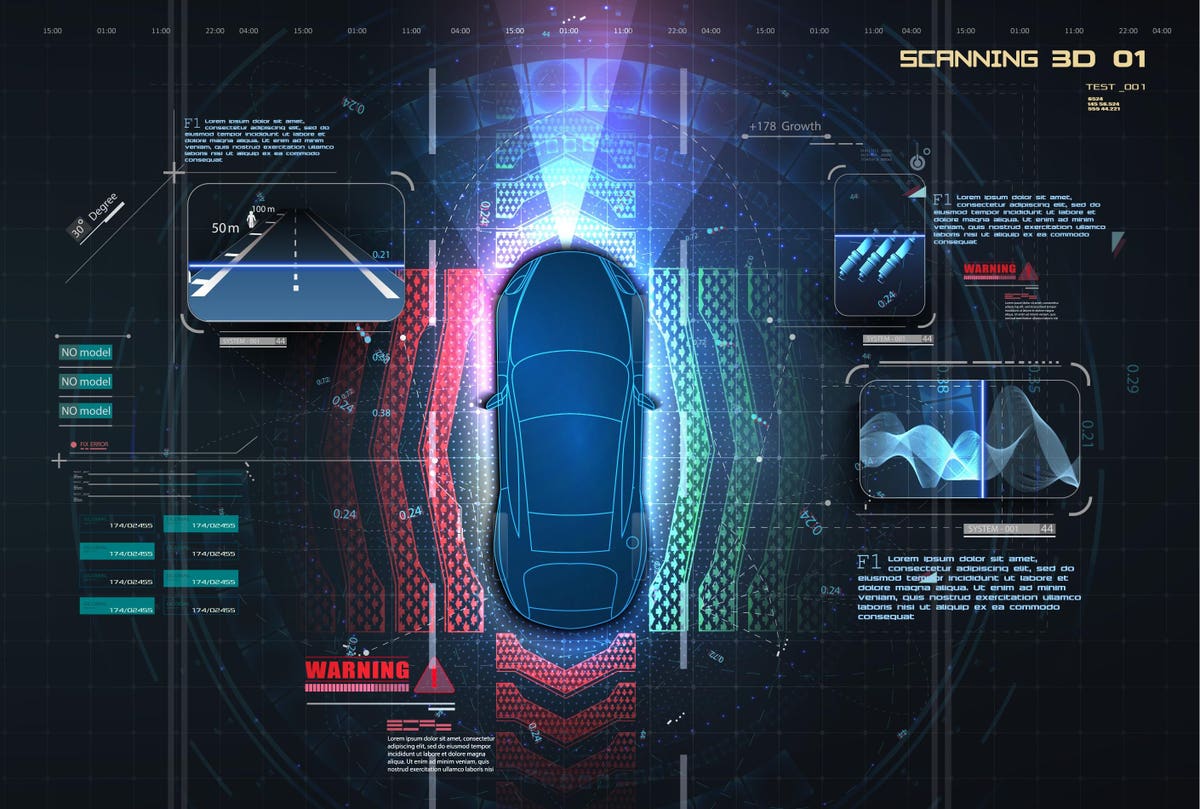According to a report, the high cost of insuring an electric car in Britain and a lack of competent repairers will jeopardize the emerging market for EVs unless urgent action is taken.
The report, from automotive risk intelligence company Thatcham Research and the British government agency Innovate U.K., said there are several significant challenges to battery electric vehicles (BEV).
The nature of the report suggests these problems will also be faced across Europe and the U.S.
“The majority of these (problems) relate to the battery, the cost of which combined with their vulnerability in accidents and the limited options to return value from them, is leading to EVs being written off prematurely,” Thatcham said in a statement alongside the report.
“While addressing range anxiety and infrastructure has been the focus to date, we believe that the insurance and repair pain points referenced in the report will be significant blockers to adoption if they are not dealt with early in the transition,” Thatcham said.
In many electric cars, the battery can stretch to all four corners of the car so there are more areas to be damaged than in a combustion car.
Batteries are also expensive. The battery in a Jaguar I-Pace BEV, priced close to £70,000 ($89,100), will cost roughly half or £35,000. Batteries are also extremely sensitive and what might be a harmless blow to an internal combustion engine (ICE) vehicle might be irreparable. Insurance premiums could soar to a point where only high-income buyers could participate.
The report, “Impact Of BEV Adoption on the Repair and Insurance Sectors”, said the insurance claims process needs to adapt to electric vehicles. The repair sector needs to increase electric vehicle capacity and improve training and skills.
“The rate of BEV adoption may be impacted unless credible cross-industry plans are urgently put into place,” the report said.
“BEV incident claims are currently about 25.5% more expensive than their ICE equivalents and can take some 14% longer to repair. Road collisions involving a BEV can be catastrophic for the vehicle as understanding and competence in rectifying the damage continues to develop,” the report said.
“The most significant challenges identified by the report originate from the high voltage (HV) battery. Although there is a relatively small number of BEVs in the market, there is an understandable but concerning lack of affordable or available repair solutions and post-accident diagnostics.”
Thatcham Research data shows that in 2022, 9,400 vehicles were potentially involved in collisions damaging the battery. This is estimated to reach up to 260,000 vehicles annually by 2035.
“Without meaningful change, there is a strong likelihood that claims costs will continue to rise disproportionately,” said Adrian Watson, head of engineering research at Thatcham.
Watson said the repair industry needs to improve its skills to avoid premature and costly battery write-offs.
“Much of the motor insurance industry is yet to adapt to mass BEV adoption challenges, and the implications remain unquantified on repair capacity, training and skills, cost, and the lifetime sustainability of BEVs. This lack of awareness means many BEVs are often deemed irreparable, leading to premature write-offs because of high battery cost and the lack of value the UK ecosystem can recover from them,” according to Watson.
The cost of a replacement battery is often more than the used price of a vehicle after one year.
“These cost increases present a significant risk to BEV uptake, reducing potential economic and sustainability gains. Technical solutions do exist for most if not all of these challenges. However, it is vital that credible cross-industry plans are urgently put into place that focus on addressing battery cost, diagnostics, and the creation of a sustainable ecosystem for battery repair,” Watson said.
Some believe BEVs are more prone to fire risk than ICE ones, but data is inconclusive. However, it is accepted that BEVS create special risks when they catch fire. They can burn for days and often reignite when the fire seems to have been beaten. Fire-fighters are now trained that total immersion in a swimming pool-like structure may be the only way to be sure it’s out.
British government guidelines insist damaged BEVs awaiting repair should be quarantined in a 15-yard zone. The increased weight of BEVs adds to problems. Repairers need to buy pricey equipment. This all adds to cost.
Britain has decided to outlaw the sale of new ICE vehicles by 2030. It’s not clear if this will include hybrids and plug-in hybrids. There is currently a growing political opposition to this ban, which resulted from former prime minister Boris Johnson deciding to beat the EU to the decision by 5 years. The decision is said by opponents to have been an uncosted gesture. The EU’s 2035 ban does include hybrids and plug-in hybrids, although it recently allowed e-fuels to be used. Because of the cost of this fuel, it’s only expected to be used in Ferrari, Aston Martin and McLaren-type vehicles.
Read the full article here


